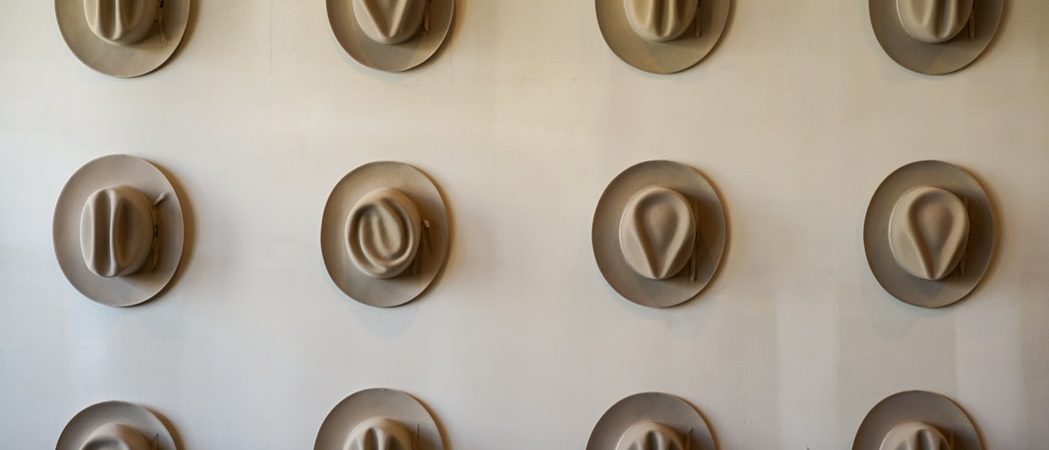
– written by Jiva Masheder
Whether you’re just starting on your journey as a mindfulness teacher, or if you’ve been in teaching and in supervision for a while, it can be helpful to reflect and think about what supervision is actually for. Why is it considered so crucially important and a requirement for all teachers?
As both a supervisor and supervisee for several years, I have seen and experienced the many roles that supervision plays. Supervisors wear many hats and sometimes more than one at a time!
The teacher trainer hat
When I’m supervising new teachers (though not only then), an important hat is that of the teacher trainer who helps shed light on the inevitable gaps in a supervisee’s training. In the kindly non-judgmental space of a supervision session, a supervisor will offer guidance so you can more clearly see gaps in your knowledge and understanding, and ensure that you know what’s on the curriculum for that week, how to approach it and that you understand the rationales and aims for that session. At this stage, regular, maybe weekly, supervision is most helpful, so that you feel supported, much like having training wheels on a bicycle when you first learn to ride.
The practical hat
If you also need practical advice, such as how to make on recordings, book venues, etc, then I’d suggest seeking out a supervisor who can wear a practical hat as well and guide you on practical matters. If you work in the NHS or another large organisation, it’s a good idea to seek out a supervisor who is familiar with the context you will be teaching in.
The supportive hat
Another hat that I often wear is the supportive hat: encouraging you when you have done well; supporting you when you feel doubtful and unsure; and reminding you that there is no such thing as perfect teaching and that even the most experienced teachers don’t get it right all the time. As teachers, we need to let go of our expectations of what participants will get from the course – participants respond in very different ways to the same programme (which keeps it interesting as a teacher) and there is often a lot going on that participants don’t share, or that bears fruit later. For some participants, mindfulness is life changing and revelatory, and for others it just doesn’t resonate or is too difficult to engage with. As teachers, we need to remember that we have limited influence over that, even when the course is well delivered.
The reflective space holder hat
The reflective space holder hat is another important one I frequently wear, often alongside other hats. Enquiry into our teaching and personal practice – as we do with participants around their personal practice – can be both supportive and illuminating. Time and again in supervision, I find that the areas of practice that supervisees are less willing to engage in are the ones that they neglect in their teaching. Our teaching reflects and is rooted in our practice, and our blind spots are, well, blind! With kindly guidance from a more experienced practitioner, these blind spots can come into view, leading to a deeper practice both for the supervisee and the group participants.
In this mode, I am mainly keeping it spacious – asking questions and not saying too much, and even putting the brakes on if I feel the supervisee is coming with too much material or going up into their heads.
The protector of integrity hat
The final hat, which I rarely have to wear, is that of protector of the integrity of the approach. If I am concerned about what you’re teaching, or your level of training or ability to work with the population in the group, I will challenge you in the interests of protecting the vulnerable and practising ethically and safely.
As you can see, there are so many facets of the gem of supervision. As both supervisee and supervisor, I have been on both sides of all of these facets and found them richly rewarding both in my teaching and in my personal practice.
Jiva is both a supervisor and personal practice mentor for The Mindfulness Network.




